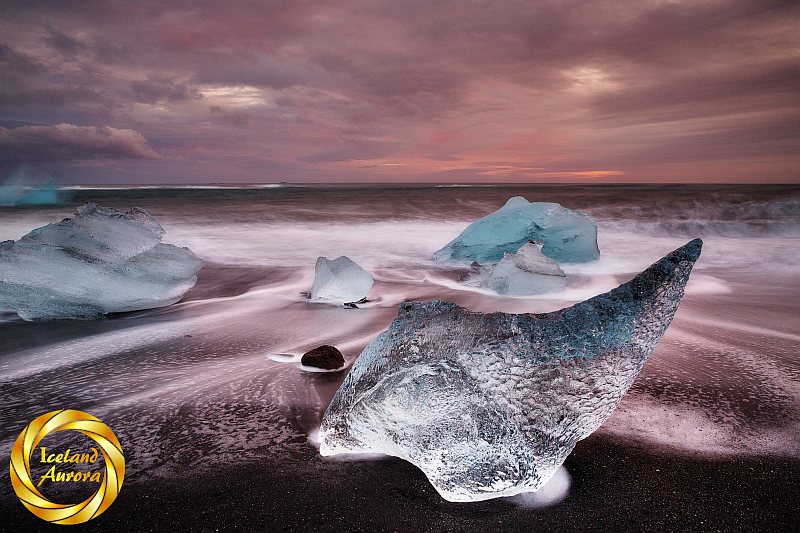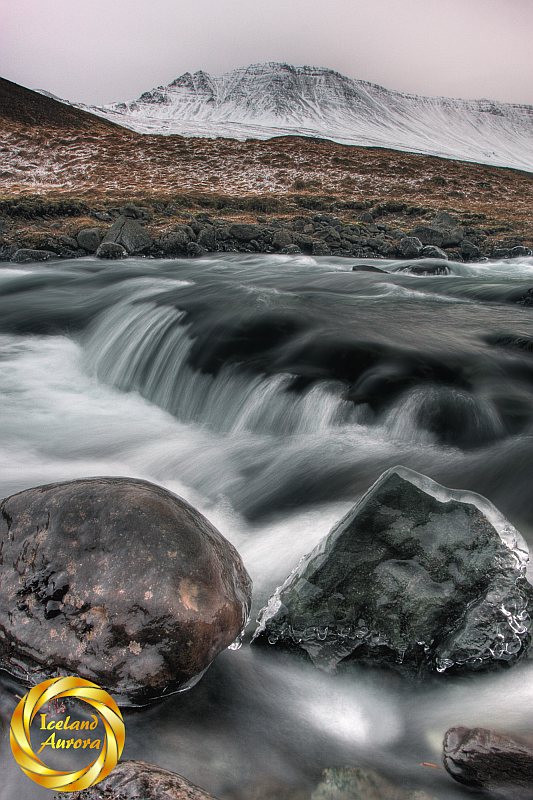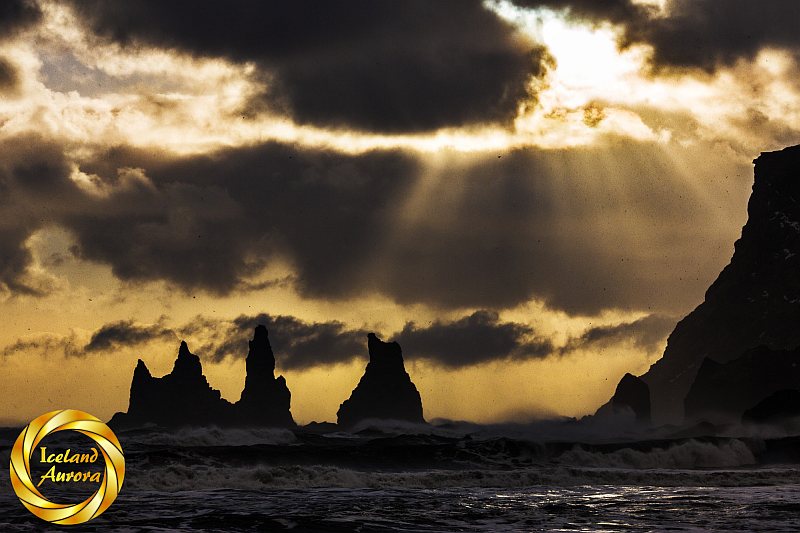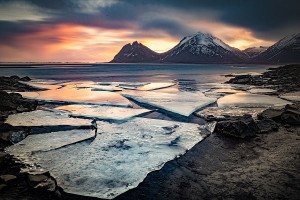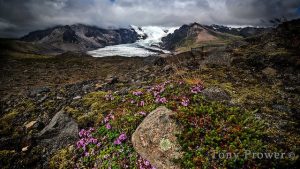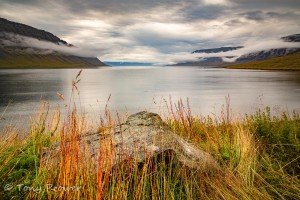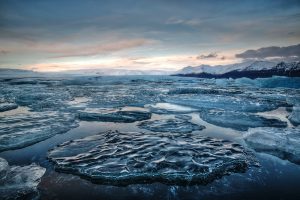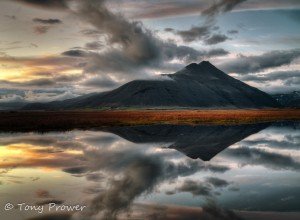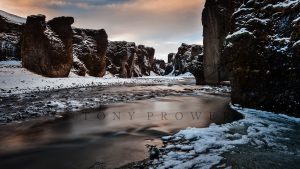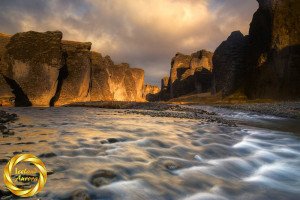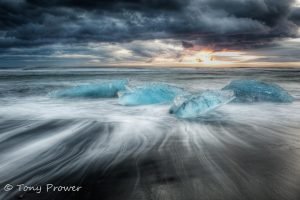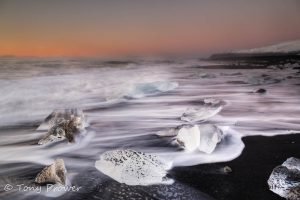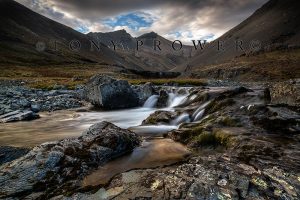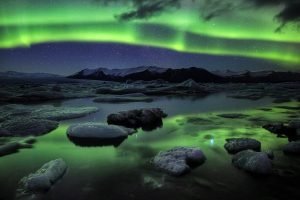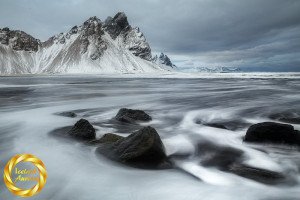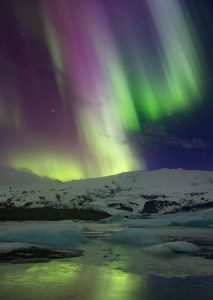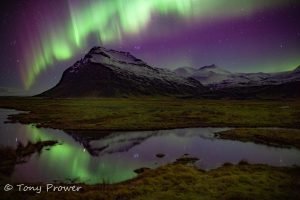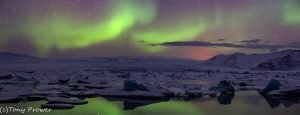The most important concept in photographic art is ‘Contrast’. Contrast in photography and the many different applications of the words can be relevantly applied when considering photographic art.
Contrast of light and dark
As the study of light, photographic art should feature some contrast of light and dark. Brightness catches the eye and darkness keeps the eye. Be careful because the camera sees this relationship differently from the eye. For example the beautiful mid-day contrasts of light and dark become too harsh for the camera. I am well known for the quote, “There is no light or dark, only CONTRAST”.
Tours Around Iceland
Contrast of colour
The Contrast of colour could be a bright red roof in a green field. Contrast of colour can be distracting during composition. It should be considered in post-processing when the artist considers selective saturation and desaturation. Contrast among the colours should be strongest in the mid-tones. High local contrast in the highlights can look fake. High contrast in the shadows can introduce noise.
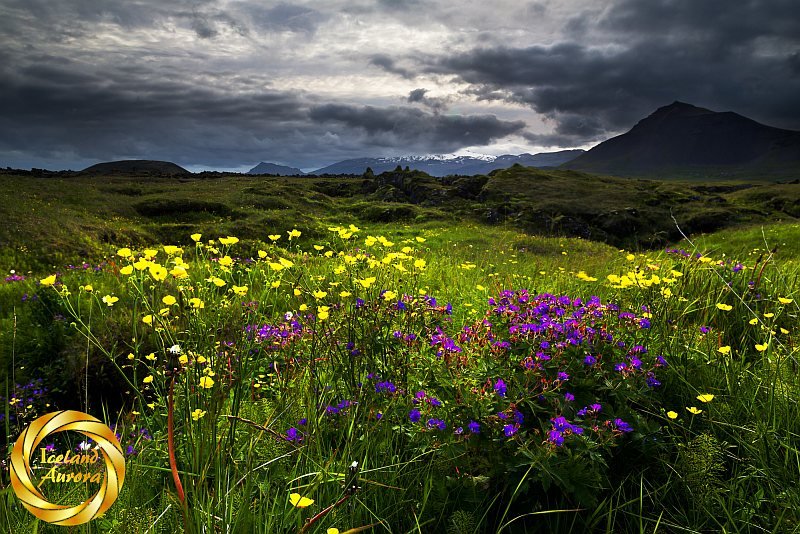
Contrast of temperature
A voyage from cold to warmth can be a powerful tool in conveying atmosphere and feeling in a scene. The cold colours are the blues, the neutral colours are the greens and the warm colours are the reds.
Contrast of subject matter
In Iceland it is possible to photograph Ice and Fire in the same scene, this is a powerful instance of a subject matter contrast. Whaling Ships next to Whale Watching ship in Reykjavik harbour is a political contrast in the subject matter. The Old Old wooden house among the towering class officies in Reykjavik’s financial district has a architectural contrast in the buildings. Look out for other juxtapositions such as a delicate flower amongst rocks or a tree in a desert.
Contrast of contrast
An image should not be packed with contrast. During post processing consider having some areas with very little contrast. This will make the contrasted areas stand out and lead the eye much better.
